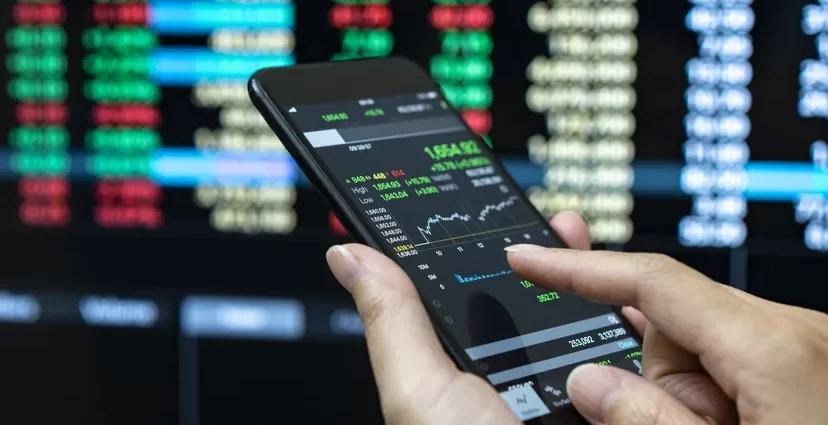Online trading has revolutionized the way we engage with financial markets. It offers convenience, speed, and access to a plethora of instruments ranging from stocks, bonds, commodities to currency pairs in the forex market. However, success in online trading is not a given; it requires a combination of knowledge, strategy, discipline, and continuous learning. Here are actionable steps to enhance your chances of trading online successfully:
Educate Yourself
Before diving into the sea of online trading, it’s crucial to understand the basics. Learn about different trading instruments, market indicators, trading platforms, and economic factors that affect market movements. Resources such as webinars, e-books, online courses, and financial news can provide valuable insights.
Start With a Plan
Every successful trader operates with a plan. Determine your trading goals, risk tolerance, and capital allocation for each trade. Your trading plan should outline the conditions under which you enter and exit trades, the times you’ll trade, and the strategies you’ll use.
Choose the Right Broker
Your broker is your gatekeeper to the markets. Thus, selecting a reliable and regulated broker is vital. Compare their fees, trading platforms, customer service, and educational resources. Ensure they’re suitable for the asset class you intend to trade and that their platform aligns with your trading style.
Practice With a Demo Account
Most brokers offer demo accounts which simulate real-market conditions without requiring actual capital. Utilize this tool to practice trading strategies, get accustomed to the trading platform, and build confidence without risking your money.
Keep Emotions in Check
Trading psychology plays a crucial role in decision-making. Fear and greed can lead to impulsive decisions like chasing losses or overtrading. Stick to your trading plan, and don’t let emotions drive your trading actions.
Use Stop Loss and Take Profit Orders
Risk management is key to long-term trading sustainability. Always set stop-loss orders to limit potential losses and take-profit orders to secure gains. This will help manage risks and protect your investment from significant market swings.
Analyze the Markets
Technical analysis and fundamental analysis are two primary methods used by traders to forecast future price movements. Technical analysis involves studying charts and using indicators, while fundamental analysis focuses on economic indicators, news events, and financial statements. Employing both can provide a well-rounded view of the market.
Keep Records
Maintain a trading journal detailing all your trades, including the strategy used, entry and exit points, market conditions, and the outcome. This record-keeping helps in reviewing and improving your strategies over time.
Stay Updated
The market is dynamic and affected by global events. Keep abreast of financial news, geopolitical developments, and economic calendar events. Staying informed can help you anticipate market movements and adjust your strategies accordingly.
Continuous Improvement
Trading is an ongoing learning process. Reflect on both successful and unsuccessful trades to understand what worked or didn’t. Stay open to new ideas and strategies, and never stop learning and adapting.
By following these steps, you can develop a disciplined approach to online trading. Remember, success doesn’t happen overnight. Be patient, stay committed to learning, and maintain a methodical approach to your trading activities.

